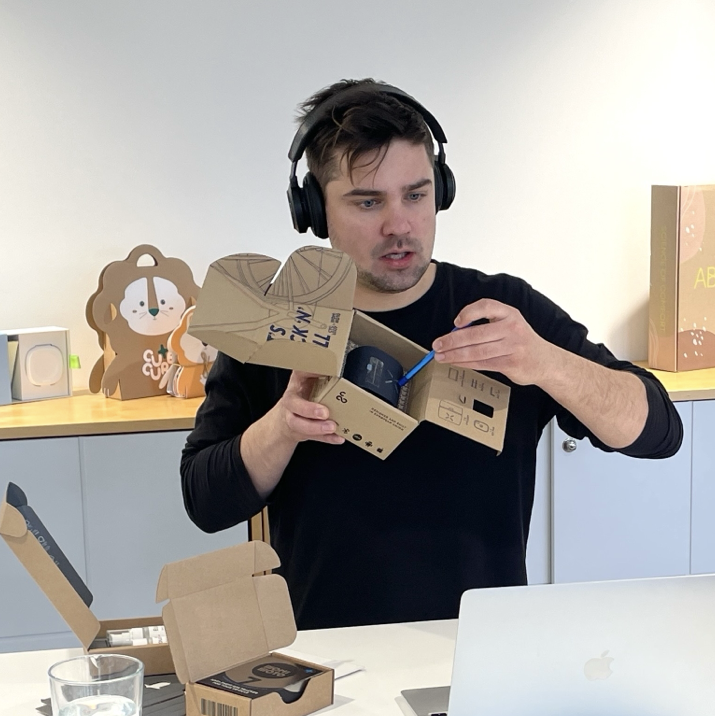How can 3D printing be used in packaging?
Although 3D printing has been around for a while, it’s only in recent years that it’s started to gain real penetration. Much of this is down to the fact that the tech gets smaller, cheaper and better each year. It can now do more and faster than ever before. This means it’s becoming a genuine option for packaging designers and brands. One way that 3D printing may be used is to create on-demand packaging. For example, in the future it could be possible to print packaging based on how much a customer is buying. This may reduce waste and the volume of packaging that goes into the bin. Equally, it could find a place for special or time-sensitive sales opportunities. This could include branded 3D-printed packaging around a special short-term event or pop-up, or following a significant cultural moment where customers might want a memento, like the Olympics, World Cup final or a final-ever concert. It could also enable brands to offer personalised packaging for customers. This might range from choosing from a set series of different design options, or completely custom designed according to the customers wants. This could include everything from changing the label on a product to tweaking the actual packaging design for the individual. This may be particularly prominent in the gifts market, where the ability to add a certain name, face or photo to packaging is more desirable. At this point it doesn’t even have to be full 3D printing.
Casio’s Mofrel is a 2.5D printer which can print textures onto paper. It uses light sculpting and special paper to cover the paper in a powder that then expands to form the texture when exposed to near-infrared light. As a result, the paper can take on the texture of leather, wood, fabric and more making it possible for brands to create interesting packaging designs. Although 3D printing is unlikely to become the default means of producing packaging, it could help change the way its designed by making it possible to create different prototypes quickly and on-demand. This would help designers to bring new ideas to fruition faster and to work out any issues early on. It may also be an important step towards realising more creative and interactive packaging designs by enabling them to be viability tested. It’s not just designers and brands that are looking into 3D printing.
Logistics companies UPS and FedEx have both launched 3D printing divisions. While the applications are currently focused more on product creation than packaging, with packaging a major component of logistics and delivery it would make sense for these companies to explore its use in the near future. It could also be a way for smaller companies who are unable to invest in their own 3D-printed packaging capabilities to offer services by tapping into the capability of their logistics partners. There’s another way that 3D printing is infiltrating the packaging sector. At the end of last year, Smart Cups launched a unique range of energy drinks. The 3D-printed biodegradable cups look like plastic, but actually have the energy drink ingredients contained within the packaging. The customer just has to add water to release them. The packaging will even self-stir the drink to ensure it’s properly mixed. Smart Cups is working on cups that make hot, cold and even fizzy drinks so the options look set to rapidly expand. The tech shows that 3D printing in packaging isn’t just about on-demand packaging materials or customisation. It can also completely change the function of packaging to make it part of the product. And that could change everything.
By Cate Trotter, Head of Trends, Insider Trends, London.


